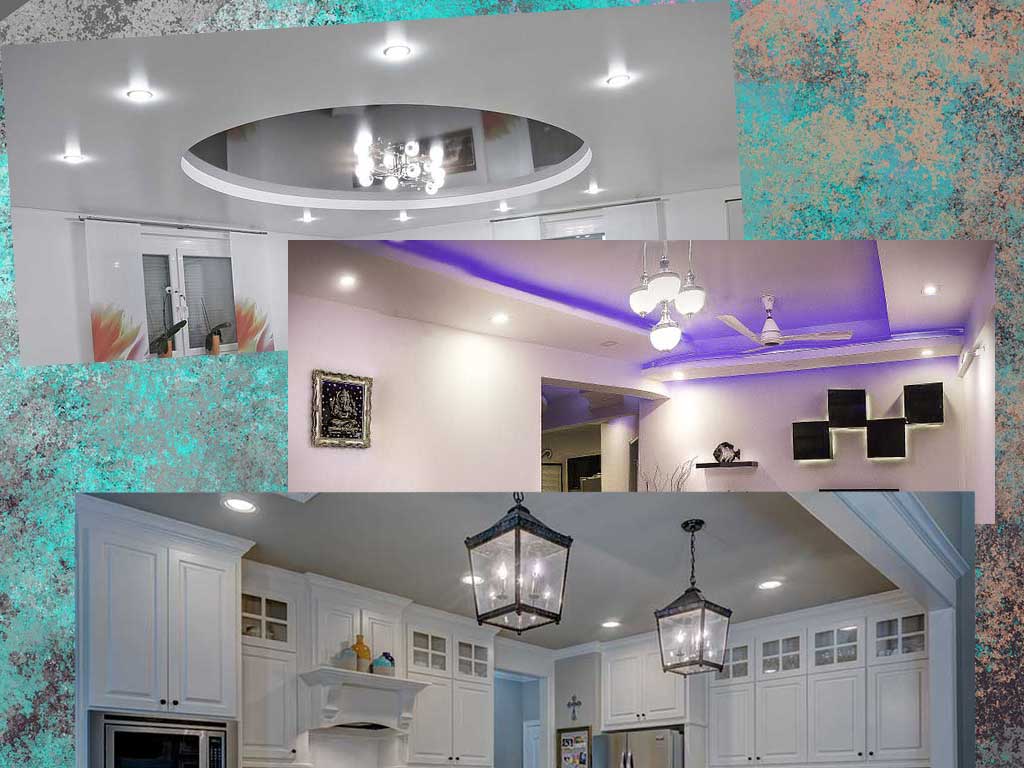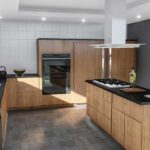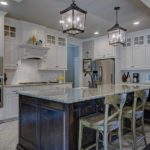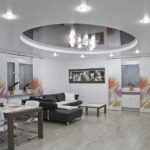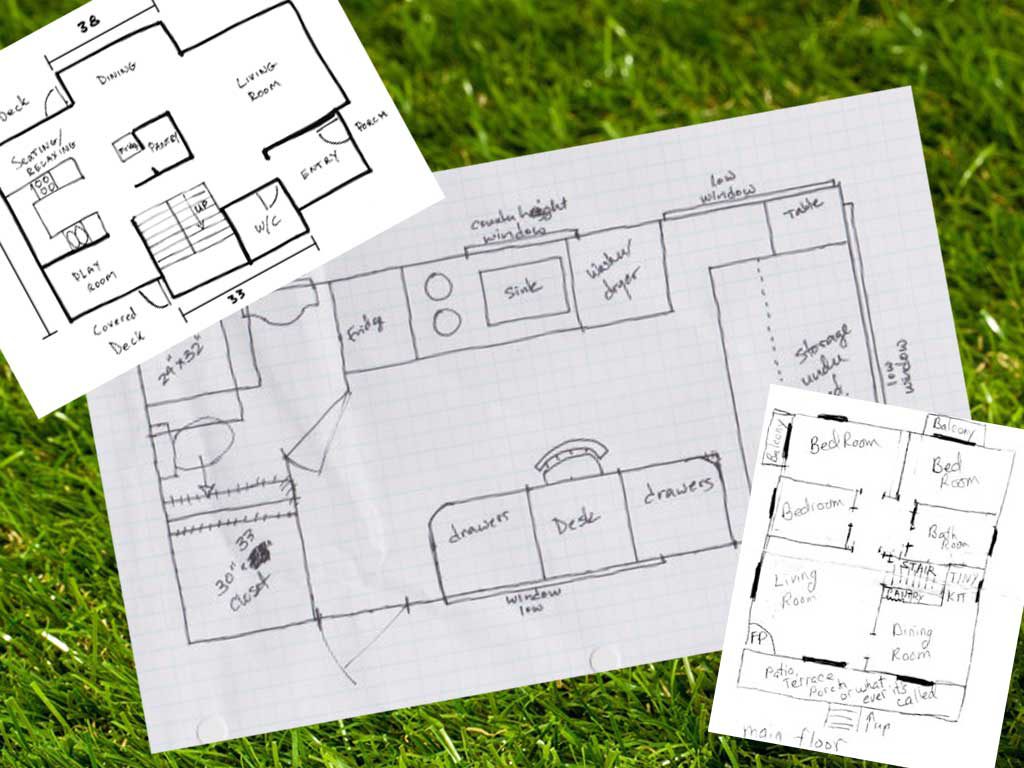As the name indicates, false ceiling is not your actual ceiling. It exists because it can do all what you actual ceiling fails to do. It not only hides the blank concrete slab, i.e. your actual ceiling, but it can also be transformed in hundreds of ways. Aesthetic purposes are only the added benefits, it also has many practical applications.
In different parts of the world, it has many different names. Drop ceiling, suspended, dropped and grid ceiling are more popular names. It is called dropped ceiling because it literally hangs from the (actual) ceiling. The gap between the ceiling and false ceiling provides many practical benefits.
What’s the point?
Normally, ceiling is a concrete slab which, after cement plastering, looks like the walls. We can easily beautify our walls by adding windows, hanging paintings etc, but the ceiling remains blank. Sure we can add some beautiful light fixtures or ceiling fan to make it less-blank, but it doesn’t look beautiful. Also the hooks and bulb holders don’t look very pretty.
What if you want to add more light bulbs after a few years? You can’t run the wires across the ceiling it will look ugly. Also you can’t add central AC or central heating systems. The clearly visible ducts will look ugly beyond imagination. That’s where the practical aspect of false ceiling kicks-in.
False Ceiling are Practical
It is made up of a light-weight material so it can easily hang from the ceiling. The gap between (actual) ceiling and false ceiling can be between 9 inches to a feet (or more). This gap makes all the difference.
Now you have a gap above the false ceiling, you can run anything in that gap. May it be wires, ducts anything and everything you can run here as much as you want; it will be conveniently hidden from the eye. Person in the room can only see the false ceiling and the fans, bulbs coming out of it. How cool is that?
Wires from wall switches will reach the ceiling. They will be hanged towards and linked to the light fixtures installed in the false ceiling. Same goes with the ducts. They will run between the actual and false ceiling and link to the opening in the false ceiling.
Apart from practical aspect, false ceiling can also trap heat or cold in extreme conditions, keeping the temperature in rooms moderate throughout the year. They also reduce the area cooled by AC or heated by the heater, thereby reducing the bills.
They look beautiful too!
False ceiling are made up of light-weight materials. They can be made into any and as many shapes as you want. Squares, circles, swirls any shape as long as you can imaging it, it can be made. It is also very easy to cut holes and install bulbs seamlessly in the ceiling, so that it looks like they are a part of the ceiling.
Take a look at some sample ceiling images in the gallery below.
Types of False Ceiling based on the materials
We can classify them based on the material with what they are made-up of. In Pakistan, most widely used False Ceiling are “POP” or “Plaster of Paris” False Ceiling.
Plaster of Paris is created when gypsum is heated at a certain temperature. This thick liquid can be molded into any shape and when it cools down, it becomes a durable light-weight solid block.
POP Ceiling has very long life and it acts as a great insulator of cold and heat. It not only gives very smooth look to the ceiling but it also requires almost no maintenance. In Pakistan, we face extreme weather conditions, both in summers and winters, so POP ceiling is an excellent choice for us.
There are some other types of false ceiling used around the world, but they are not as popular as POP ceiling. Some of these are: Fiber Ceiling, Wooden, Glass, Metal and Cloth Ceiling to name a few.
What is our Progress?
We are working on the floor tiling and as that task is nearly finished, we are starting to work on installing the false ceiling. More on that in the next post.
